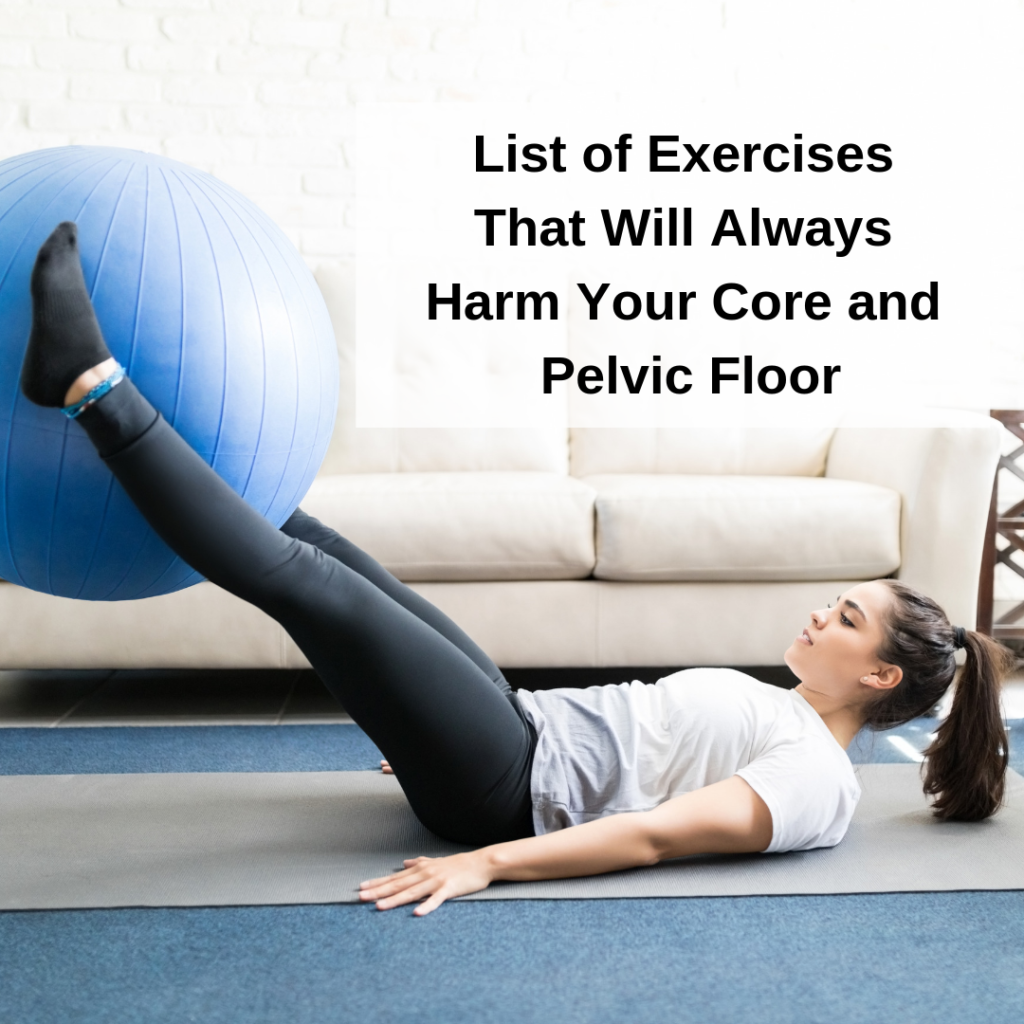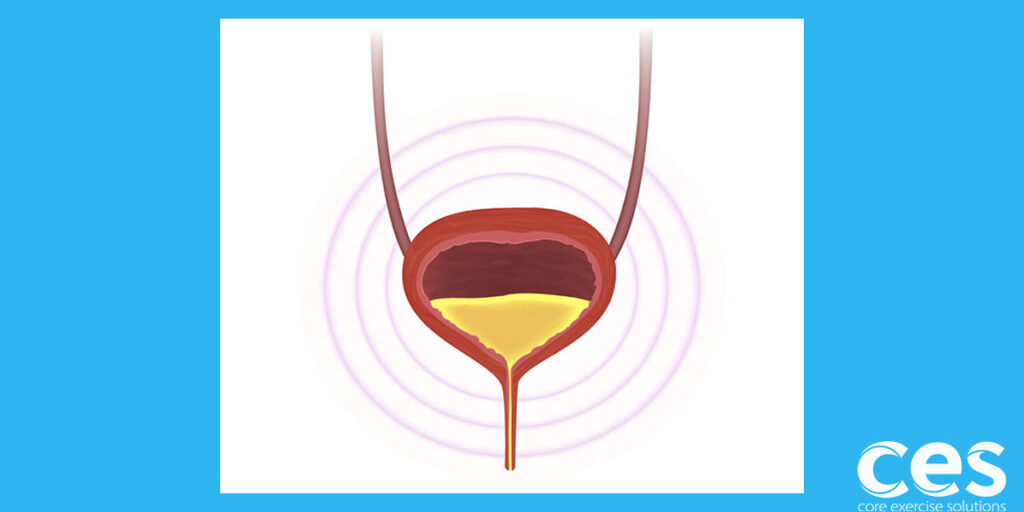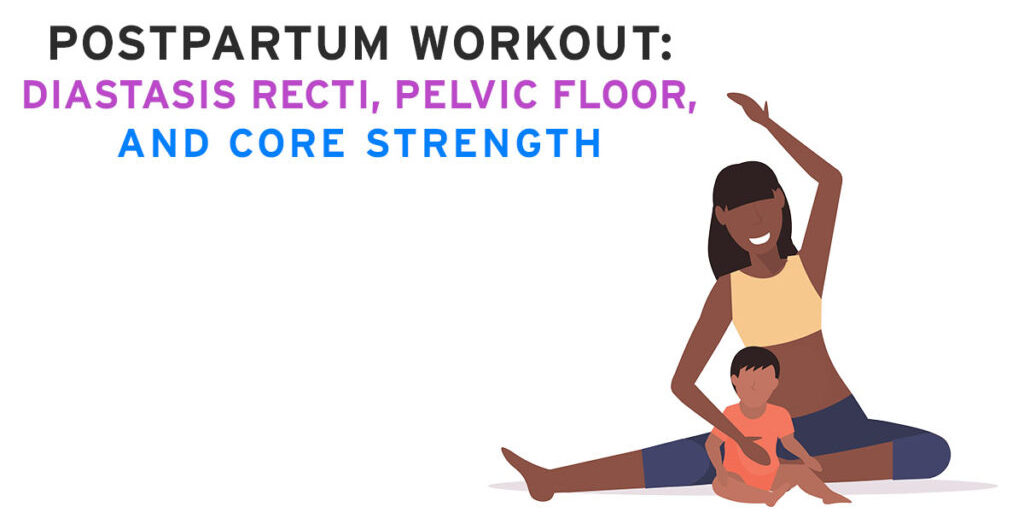This morning I was at the gym working out, and while doing hanging leg raises I thought to myself, “gee, this is an exercise that many “experts” say to never do if you have core or pelvic floor issues.”
I did 3 sets. Boom. Take that, list! Whether it’s hanging leg raises or leg raises on the ground, they often end up on the no-no list because they generate lots of pressure.
And now that we’ve set the tone, let’s dive into my opinion as someone who’s rehabbed a lot of women at a variety of fitness levels. 😉
There is no such thing as “always” and “never” when it comes to rehabbing the body.
I’ve had diastasis patients come in and needed to prescribe them less TA work and more rectus work. (i.e. leg raises)
I’ve had pelvic floor patients who needed to do reverse kegels, with an inhale where general recommendations are to “always exhale.”
Let’s talk hard exercise. We don’t do women any favors by telling them that leg lifts, squats, deadlifts, standing overhead presses… (need I go on?) are “bad” exercises and they should never do them again.
There’s no such thing as a bad exercise - only a lack of awareness for symptoms to look for.
Educating and looking for symptoms is a much better approach than a list of safe or unsafe exercises. This puts the power back in the hands of the individual! Everyone should be in charge of their own body.
(By the way, there is no list of safe prolapse exercises. Coming from someone who rehabbed my own grade two prolapse, what made my symptoms worse was sitting at the computer, not deadlifts or standing overhead presses. As my own patient, I didn't need a list of safe or unsafe exercises, I needed to learn how to stop holding tension in my upper abs for daily life. Once I broke that habit, my prolapse started to reverse. It wasn’t until going through pelvic floor issues myself that I was able to really *feel* and understand. It took my clinical view to a whole other level.)
Just because I’m saying there isn’t such a thing as a bad exercise, there IS such a thing as a wrong “season” to do that exercise or poor execution of the exercise itself, and not respecting that can get people in a world of hurt.
Postpartum recovery works in seasons. Leg raises or heavy deadlifts might bring on symptoms in the beginning and so you may need to modify, but getting a little stronger and learning better technique can allow you to do any exercise you want.
What you may be able to handle with a diastasis at 6 months postpartum with a proper foundation will be entirely different than what you could handle at 8 weeks postpartum. There is no set timeline though, you just need to learn how to listen to your body and make the best choices for you at that time.
So if something is too hard for right now - it’s just right now, it’s not forever!
Let’s go over a few guidelines that might help:
#1. Do your symptoms increase during or after the exercise?
For the pelvic floor, this would mean leaking, heaviness or feeling your prolapse more.
For diastasis, this would mean noticing doming or sinking in the gap during the exercise or a worsening of the diastasis after.
#2. Evaluate
If you don’t notice any worsening symptoms and you feel great after, then the heck with any arbitrary rules, go for it!
If you do notice worsening then it’s time to re-evaluate. Seek education and adapt accordingly.
#3. Do you love the exercise or activity and want to keep doing it?
Yes, it’s an exercise you never want to give up?
Then fight for it! Definitely get help. Learn all you can, but consider modifying in the meantime. Most exercises can be regressed to a slightly easier or different version that can decrease stress or load on the body. Then, through education and help, you can figure out why that particular exercise is causing issues and work to fix it.
No, it’s not an exercise you love?
Then doing something else might be the best answer, but keep in mind there may be an underlying weakness that at some point might need to be sorted out.
I talk to many women who say they “don’t have any issues” but when I start digging a little deeper it comes out that, yes, they leak when they sneeze; or no, they would never jump on a trampoline. Avoidance is not a fix. It’s just avoidance.
Yes, I get there are seasons for everything, and sometimes avoidance is the answer for that specific period of time - just keep in mind the average person declines in strength as they age. So if something is a small issue when younger, it MIGHT (or might not) become a bigger issue with aging.
(Cue all the Depends commercials.)
Seriously, though, I have no idea if what’s happening to you will get worse, stay the same or get better if you do nothing. I’m not saying that to scare anyone. I’m just trying to motivate you to not give up, put some effort into your body, and get stronger!!
I love preventative medicine when at all possible! I love seeing women not put themselves on the back burner. Exercise and getting stronger is a healthy way to approach aging!
You can keep doing the things you love forever!
Getting stronger is the best medicine!! So ignore all those lists you see of safe or bad exercises and focus on YOUR body and what YOUR body is telling you. Does an exercise feel great? Awesome, keep doing it! Does an exercise cause worsening symptoms? Then re-evaluate and learn more so you can fix the cause, and get back to doing what you love.
Want to learn more about helping women?
Take the FREE Professional Minicourse today!
Free Pelvic Floor Educational Series
Dr. Sarah Duvall, PT, DPT, CPT and the CES Team have helped thousands of women create the strength and stability needed to overcome common and not-so-common pelvic floor issues.
Join us today for this 4-part Pelvic Floor Video Series, absolutely free.
We don't spam or give your information to any third parties. View our Terms of Use and Privacy Policy.
Having trouble signing up? Click here

Pelvic Floor and Diastasis: What You Need to Know About Pressure Management

Join us today for this 6-part Pelvic Floor and Diastasis Video Series, absolutely free.
This course is designed for health/wellness professionals, but we encourage anyone interested in learning more about the pelvic floor and diastasis to sign up.
We don't spam or give your information to any third parties. View our Terms of Use and Privacy Policy.
Related Articles
- « Previous
- 1
- …
- 3
- 4
- 5








